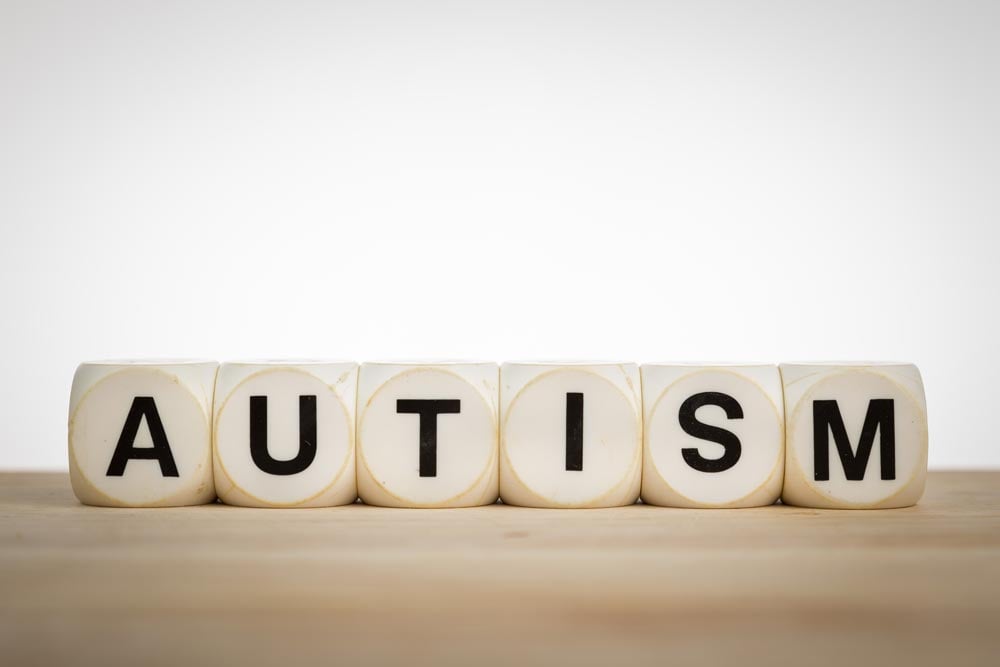 Service Learning (SL) means different things to different people, however the official definition is clear according to the National Service-Learning Clearinghouse: it “is a teaching and learning strategy that integrates meaningful community service with instruction and reflection to enrich the learning experience, teach civic responsibility, and strengthen communities.” Today, many secondary and post-secondary schools include SL as a part of their graduation requirements.
Service Learning (SL) means different things to different people, however the official definition is clear according to the National Service-Learning Clearinghouse: it “is a teaching and learning strategy that integrates meaningful community service with instruction and reflection to enrich the learning experience, teach civic responsibility, and strengthen communities.” Today, many secondary and post-secondary schools include SL as a part of their graduation requirements.
Service Learning as an instructional strategy helps to create a social awareness in students that impels them to social action with documented success at every educational level—primary, secondary, and post-secondary. For SL to be skillfully integrated into a school program, the educator must engage in curriculum mapping of content and standards. It must not be just an activity, something to do. SL is a hands-on learning experience that provides benefit both to the provider and to the recipient of the service. However, the doing is just the first part. The learning comes from reflection – from evaluation. This is where critical thinking on the part of the student occurs. As a result of one or many SL experiences, a student may engage in reassessing their goals, the impact they can have on their community and/or society, and hopefully gain a greater understanding of themselves and the needs that others have.
At My Learning Springboard, we help students and schools to develop and implement Service Learning opportunities in connection with the curriculum.
Pillars of Effective Service Learning:
- Meeting an authentic community need through respectful partnerships.
- Careful planning by educators.
- Involving students in planning and collaborating with community members.
- Students having decision-making and problem-solving capabilities throughout the project to foster their sense of ownership.
- Having structured time for reflection on the service goals and learning goals of the project.
Three Categories of Service:
- Direct service involves face-to-face interactions between students and their community partners.
- Indirect service activities do not include face-to-face interactions, but rather provide financial assistance or goods to another individual, group, or agency.
- Advocacy service is intended to raise awareness of an existing need without providing financial aid, goods, or face-to-face interactions.
Please contact our office to discuss your interests in greater detail.
